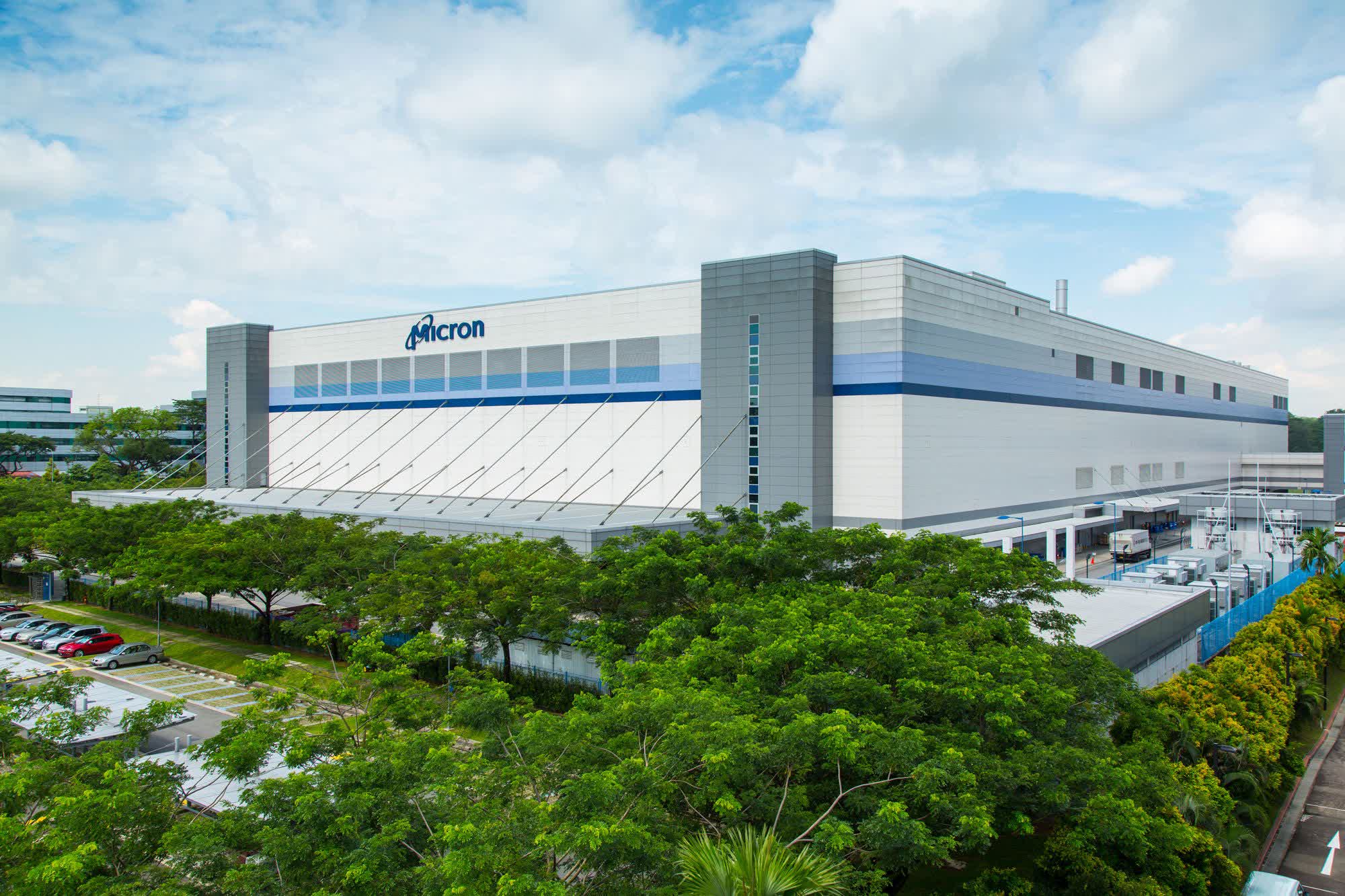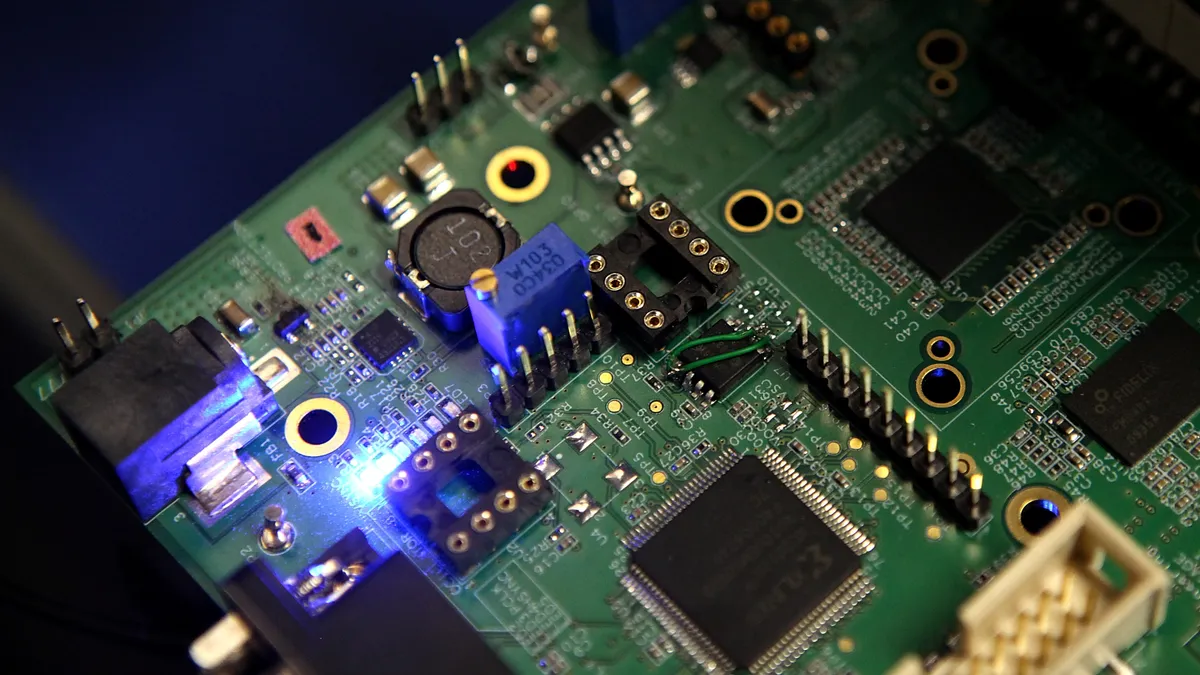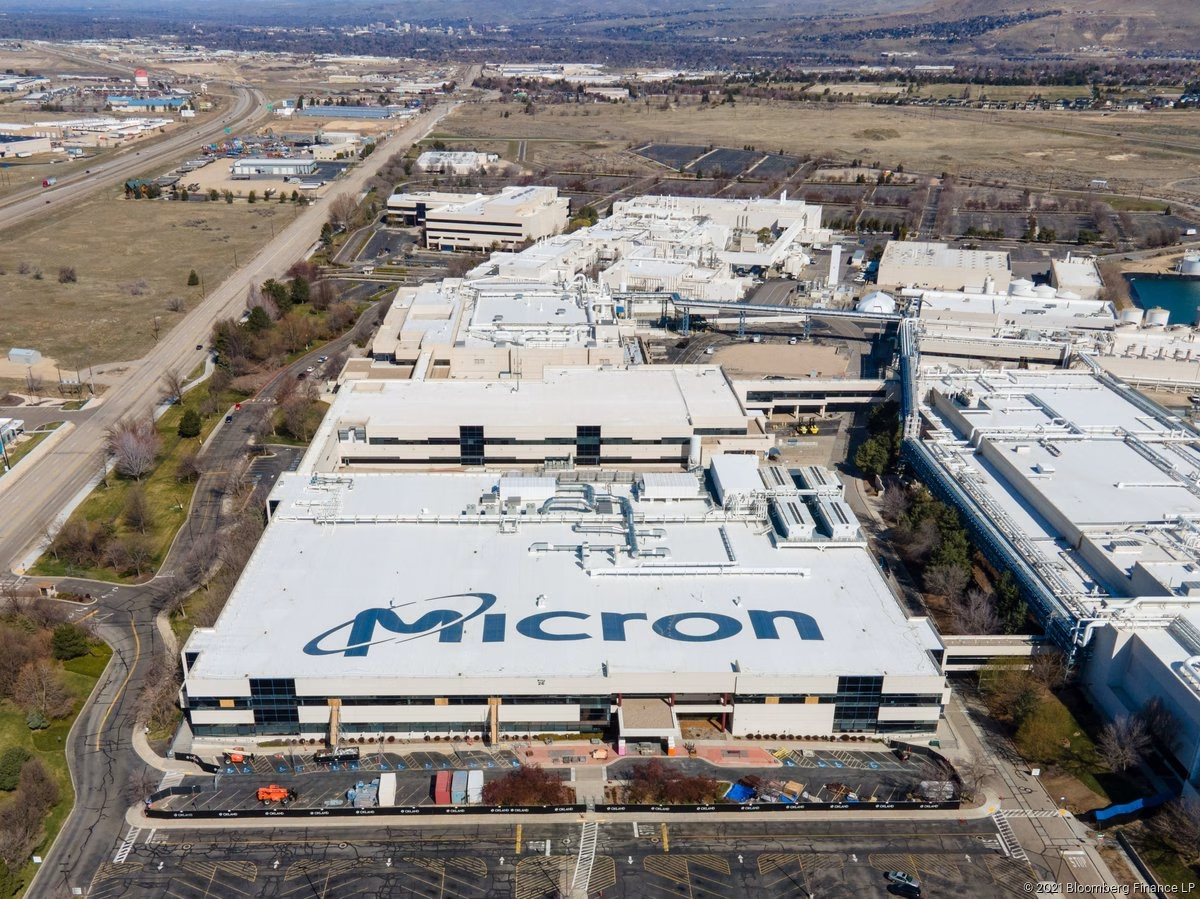Updated November 15th 2025: Micron’s $100 billion semiconductor megafab plant in Clay, New York, has been delayed significantly, according to its Final Environmental Impact Statement. Construction of Fab 1 is now scheduled to start in Q2 2026 and won’t begin operating until around Q3 2030, two years later than planned. Fab 2’s construction has been pushed to late 2030, with operations expected in late 2033.The full four-fab buildout is now slated to finish construction by 2041, with full-scale production ramping up by 2045. Meanwhile, Micron is reallocating about US$1.2 billion in CHIPS Act funding from New York to boost its Idaho facility, signaling a strategic shift.

Published October 17th 2025: New York regulators have approved a critical underground power transmission line for the $100 billion Micron semiconductor project. The line is essential to link electric supply to the facility. Moreover, its approval clears a major infrastructure hurdle. Meanwhile, environmental and construction plans for Phase 1 also received the green light.
Project Context and Significance
Micron selected Central New York in 2022 for its megafab site. The facility is intended to produce high-end memory chips and advanced semiconductors. Indeed, it could supply up to 25 % of U.S.-made semiconductors by 2030. The scale ranks it among the largest private investments in U.S. history.
However, energy capacity and infrastructure were critical bottlenecks. Without adequate power, operations could not scale. Thus, regulators prioritized this transmission line approval.
Regulatory and Technical Details
The New York Public Service Commission approved a 345-kilovolt, two-mile underground line connecting Clay substation to the plant campus. The plan also includes expansion of the Clay substation’s eastern section and new connection equipment. The PSC also mandated environmental reviews and mitigation plans. Additionally, the approval allows cost recovery mechanisms for utility operators.
Project Factsheet
Project Name: Micron Semiconductor Megafabrication & Power Transmission Line
Location: Onondaga County / Clay, Central New York, USA
Investment Value: approximately $100 billion
Power Infrastructure: 345 kV, 2-mile underground line linking Clay substation to facility
Substation Work: Eastern expansion of Clay substation + connection infrastructure
Jobs (20-year forecast): over 50,000 total; approximately 9,000 direct Micron roles
Tech Objective: Advanced memory / semiconductor production (25 % U.S. share by 2030)
Regulatory Bodies: New York Public Service Commission, environmental agencies
Key Challenges: Energy capacity, grid upgrades, environmental mitigation
Economic and Workforce Impact
The project is forecast to create over 50,000 jobs over 20 years. Of those, about 9,000 are direct Micron roles. During construction and operational phases alike, demand for engineers, technicians, and support staff will surge. Local supply chains may also benefit significantly.
Moreover, surrounding economic zones may see investment spillovers. The facility might anchor a semiconductor corridor. It could bolster New York’s position in U.S. chip manufacturing. The plant is set to join a list of other major semiconductor plants being developed in the USA.

Strategic Perspectives and Broader Implications
Beyond the immediate project, this case highlights that energy infrastructure is now a linchpin for high-tech investment. A similar scale of commitment is seen in Anthropic’s pledge of US$50 billion for U.S. data-center buildout in Texas and New York, emphasizing how power availability, renewable integration, and grid upgrades are critical factors in site selection for advanced technology projects.
Additionally, the project underscores tensions between industrial scale and environmental commitments. The megafab’s energy demand may exceed that of a midsize city; therefore, water recycling, carbon-free commitments, and renewable procurement become central design challenges. Some reporting suggests Micron plans to leverage carbon-free power and support advanced infrastructure, much like New York’s ongoing push toward sustainable urban expansion seen in projects such as the Second Avenue Subway Phase 2 development led by COWI.
Furthermore, the regulatory framework used here, combining transmission approval, environmental review, and cost allocation, could become a template. States that wish to compete for future semiconductors may adopt similar models.

